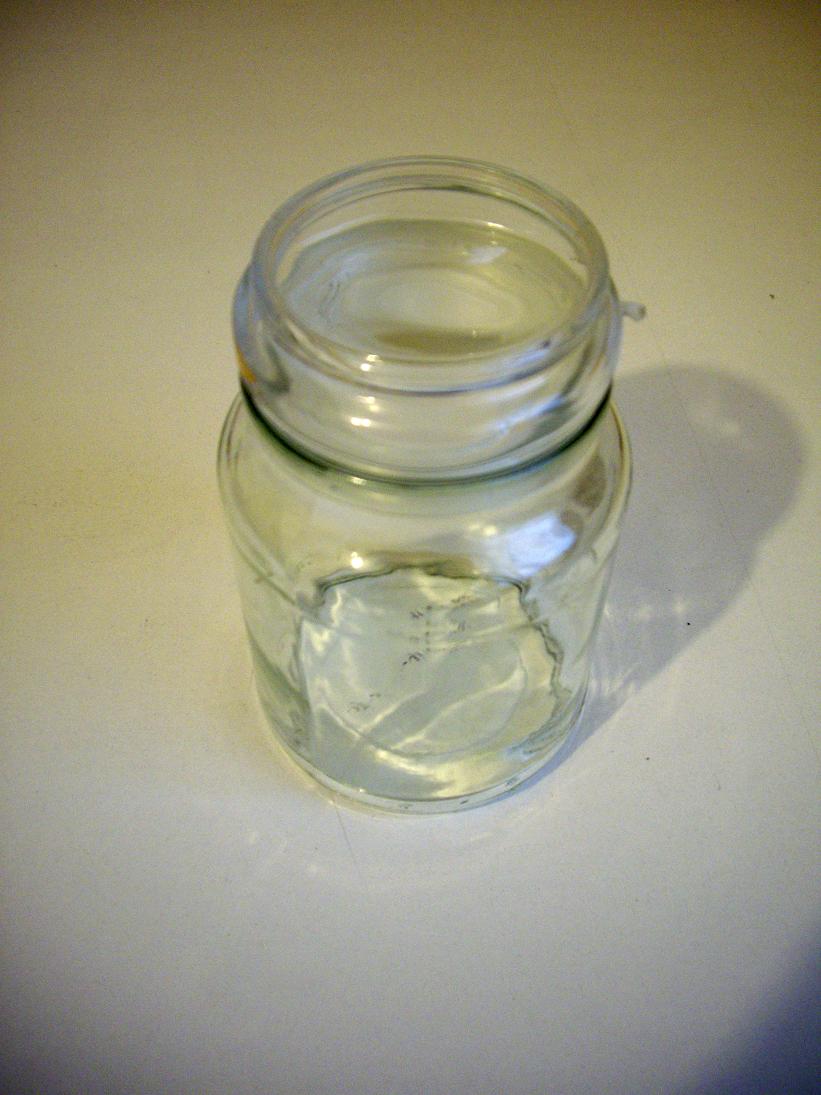| Revision as of 06:11, 13 May 2013 ddgonzal (Talk | contribs) <- Previous diff |
Revision as of 06:18, 13 May 2013 ddgonzal (Talk | contribs) Next diff -> |
||
| Line 1: | Line 1: | ||
| - | When changing hydraulic components of the brake system, the air needs to be bled out of the brake lines. This also needs to be done when replacing the brake fluid per the two-year schedule. Also be sure the bleed the [[brake master cylinder]] if it runs dry. | + | When changing hydraulic components of the brake system, the air needs to be bled out of the brake lines. This also needs to be done when [[Change brake fluid|replacing the brake fluid]] per the periodical maintenance schedule. Also be sure the bleed the [[brake master cylinder]] if it runs dry. |
| = Overview = | = Overview = | ||
Revision as of 06:18, 13 May 2013
When changing hydraulic components of the brake system, the air needs to be bled out of the brake lines. This also needs to be done when replacing the brake fluid per the periodical maintenance schedule. Also be sure the bleed the brake master cylinder if it runs dry.
Contents |
Overview
- Bleed the master cylinder (sometimes called "bench bleeding" but can be done while installed in the car)
- Bleed the front wheel cylinders
- Bleed the rear wheel cylinders
Method 1
The fluid prevents air from going back up into the cylinder, and can be done by one person (no assistant needed).
- Put about 1" new fluid in a clear glass
- put a hose from the bleeder to the bottom of the glass, making sure the new fluid covers end of hose
- Crack the bleeder slightly
- pump the brake pedal while you watch the glass. When air bubbles stop coming out, it's done.
- tighten bleeder
- top-up the master cylinder
- bleed the next wheel cylinder
Method 2
Discussion: Bleeding the brakes.....on your own
photo  photo
photo  photo
photo  photo
photo  photo
photo  photo
photo 
Traditional Method
The traditional method of brake bleeding requires an assistant to work the pedal, while the mechanic tends to the wheel cylinders.
The Datsun 1200 Factory Service Manual recommends a modification of this by using a hose from the bleeder screw into a jar with a bit of brake fluid in it covering the hose end.
- have assistant pump the brake pedal three times and then hold pressure
- loosen bleeder (the pedal will travel down under assistant's foot pressure)
- have assistant keep pushing on brake pedal (do not let up)
- tighten bleeder
- let brake pedal up
- repeat until a clean, steady stream of brake fluid comes out. Often only two pedal cycles are needed
- repeat for the other three wheels

![[Datsun 1200 encyclopedia]](/wiki/upload/wiki.png)